1. Introduction:
In order to verify whether laser shock peening (LSP) has the ability to create gradient grain size in the near face zone, typical FCC metals with high and low stack fault energy (SFE) were selected. After different LSP cycles, the result shows the gradient grain size did not exist, and the main effect caused by LSP on metals was the generation of a large density of dislocation, which produces the effect of strain hardening. Moreover, a compressive residual stress (CRS) zone with a depth greater than 1.2mm appeared in the near-surface area, and the residual stress and hardness showed a tendency to attenuate simultaneously as the depth increased. In addition, this set of experiments gives a new method for measuring the dynamic yield strength of materials at ultra-high strain rates (109 /s).
2. Details of the research
LSP with an overlapping ratio of 75% was applied on the polished surface of aluminum alloy and stainless steel. Then, the tensile test, the hole-drilling method residual stress measurement, hardness test, and microstructure characterization were carried out.
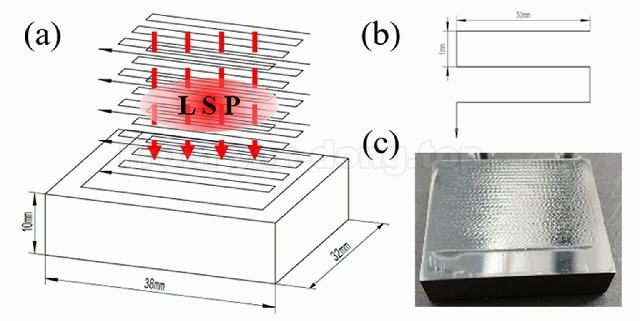
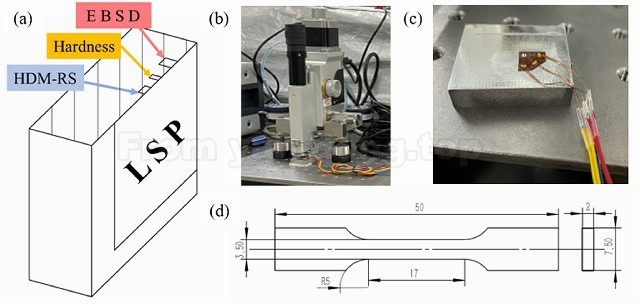
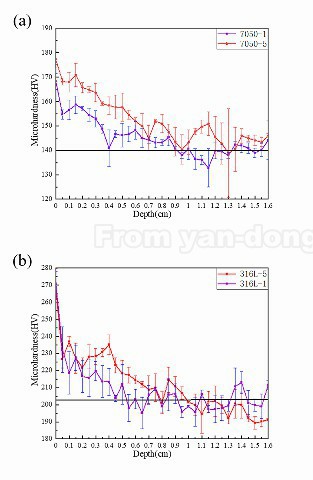

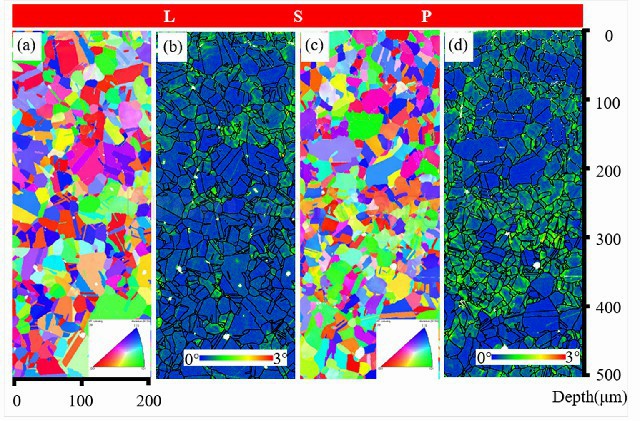
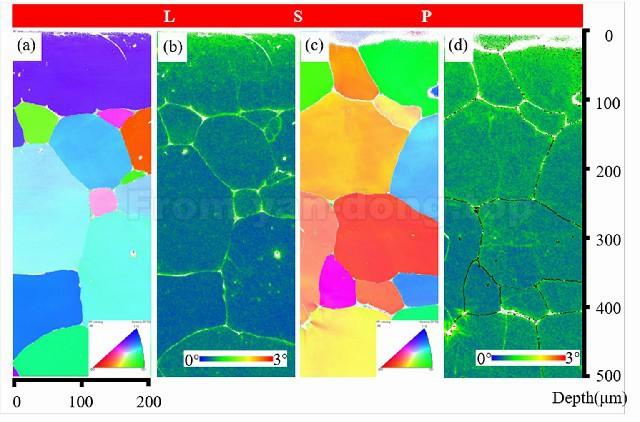
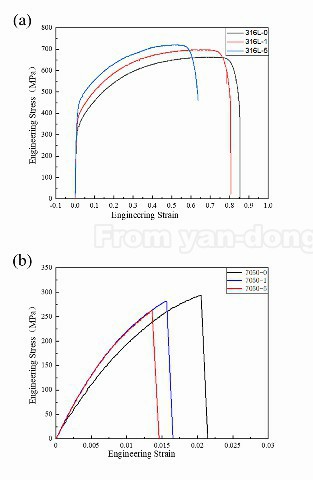
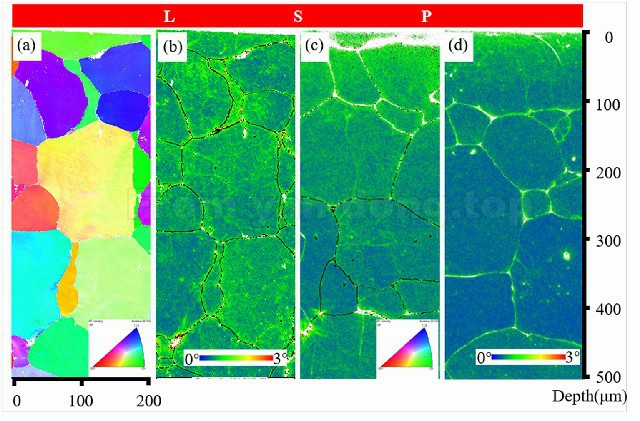
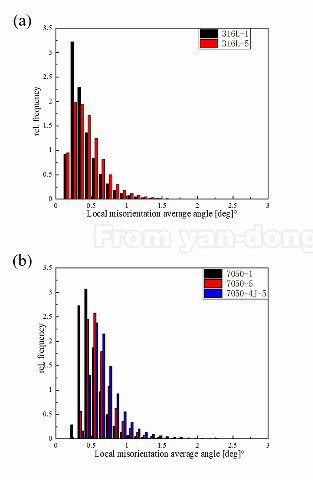
P.S.
This is the first part of my basic research in the field of LSP. Through LSP and characterization of two materials, I clarified the law of the influence of LSP on materials and laid the foundation for the subsequent application of LSP in additive manufacturing. These research results have been submitted to the “Materials Characterization” journal and are still under review.
